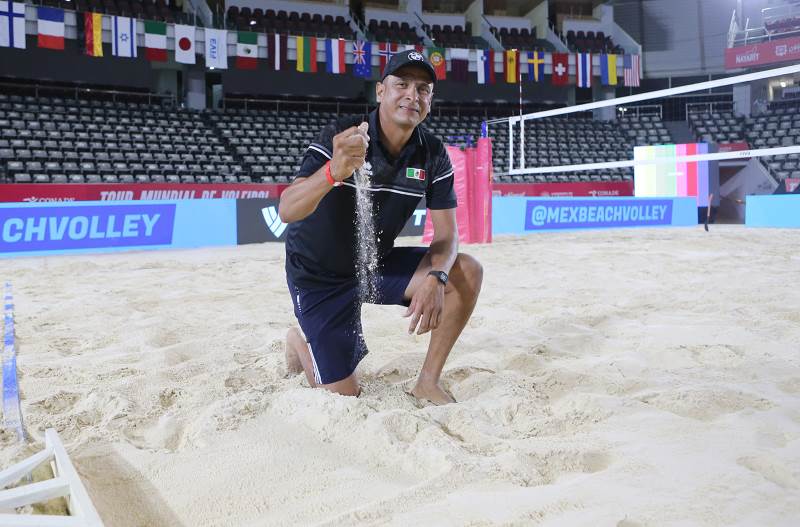How Court Managers Ensure Flawless Beach Volleyball Matches
Beach volleyball thrives on unheralded individuals like court managers. They sculpt the sand courts, ensure perfect playing conditions and silently orchestrate the game behind the scenes. Their dedication is a foundation for the sport's most dazzling displays.

Beach volleyball offers one of the best visual spectacles at a sporting level in the world for the colorful plays performed by athletes who play on a court set up by the sea or, recently, taken to stadiums, sports complexes, auditoriums, or bullrings; however, there are people behind the scenes who play a transcendental role, as is the case of the court manager.
“We find the court set up, and from there we have to install the lines, the bases, the net, put antennas, hydration, chairs, water it when indicated and everything that beach volleyball entails at the court level. Our job is to ensure that the court is in perfect condition game by game,” explained Tomás Hernández, one of the three court supervisors at the Elite 16 Tepic 2024, which takes place from April 17 to 21.




